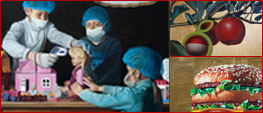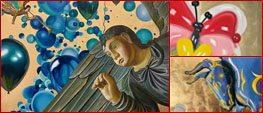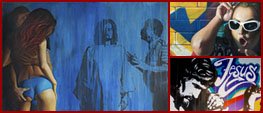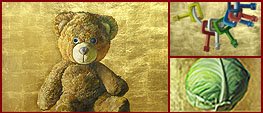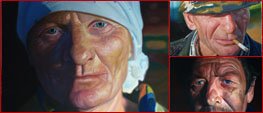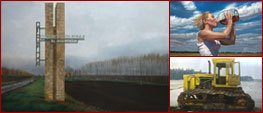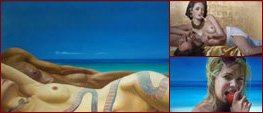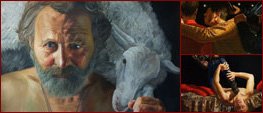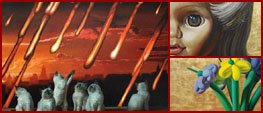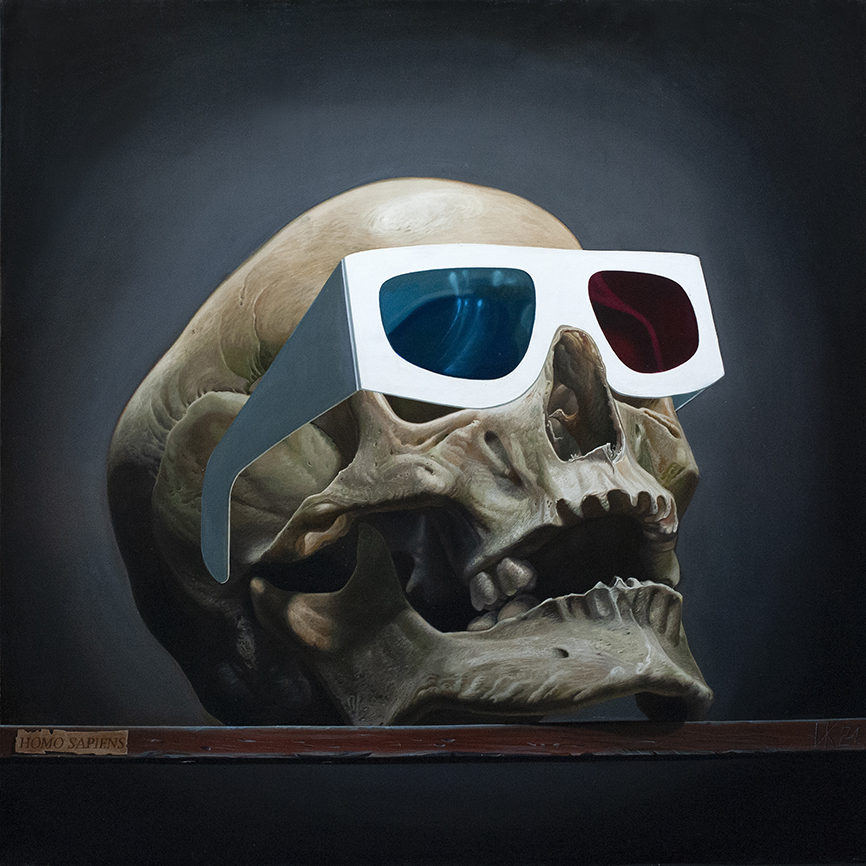
oil on canvas 150x150cm

oil on canvas gilding 100x100cm
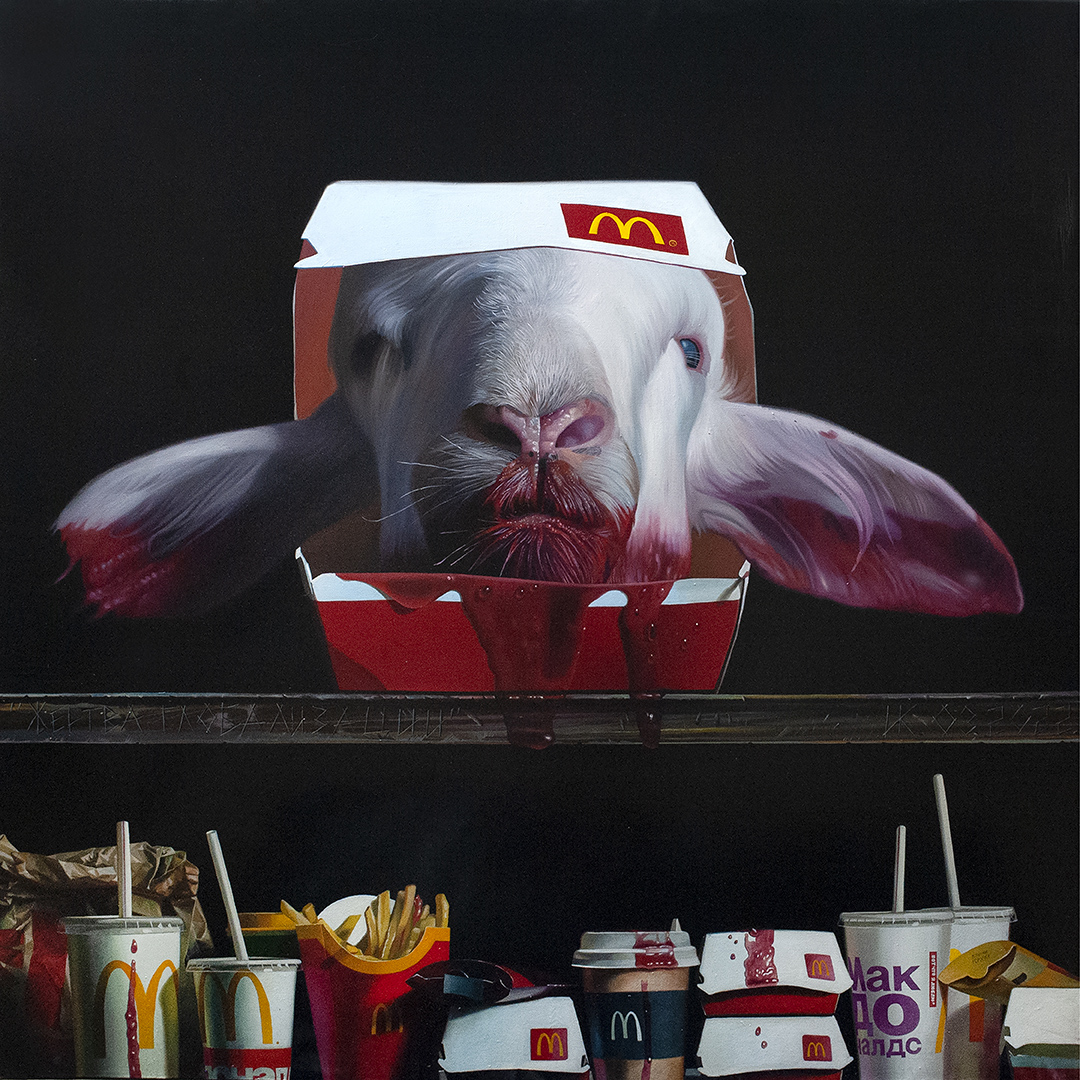
oil on canvas 150x150cm 100x100cm
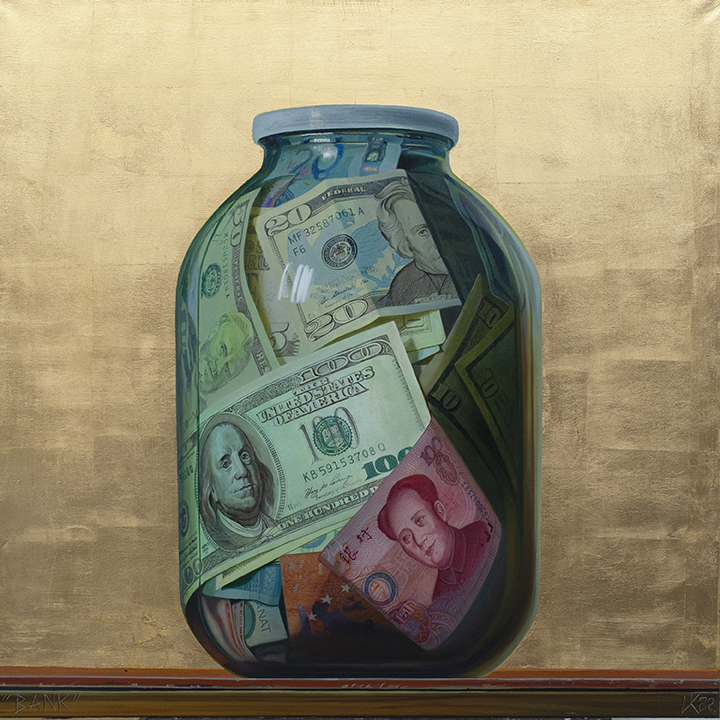
oil on canvas gilding 100x100cm
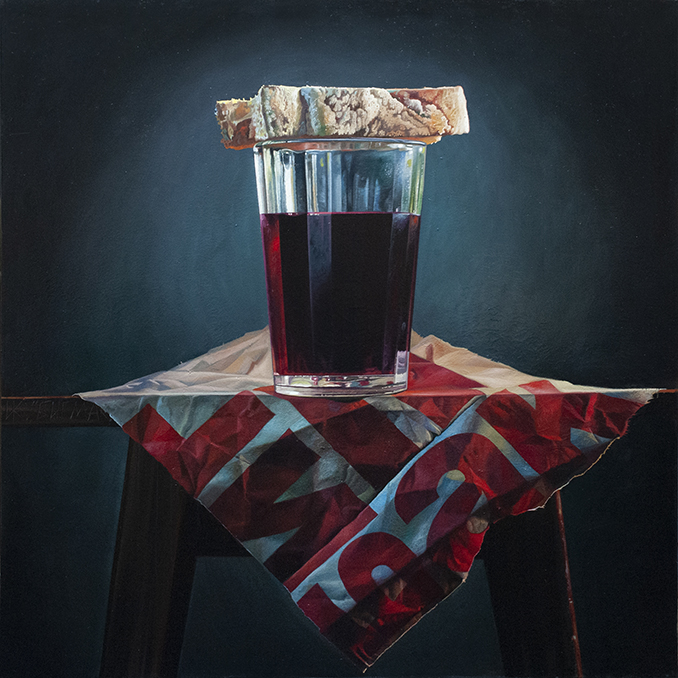
oil on canvas 150x150cm

oil on canvas gilding 100x100cm
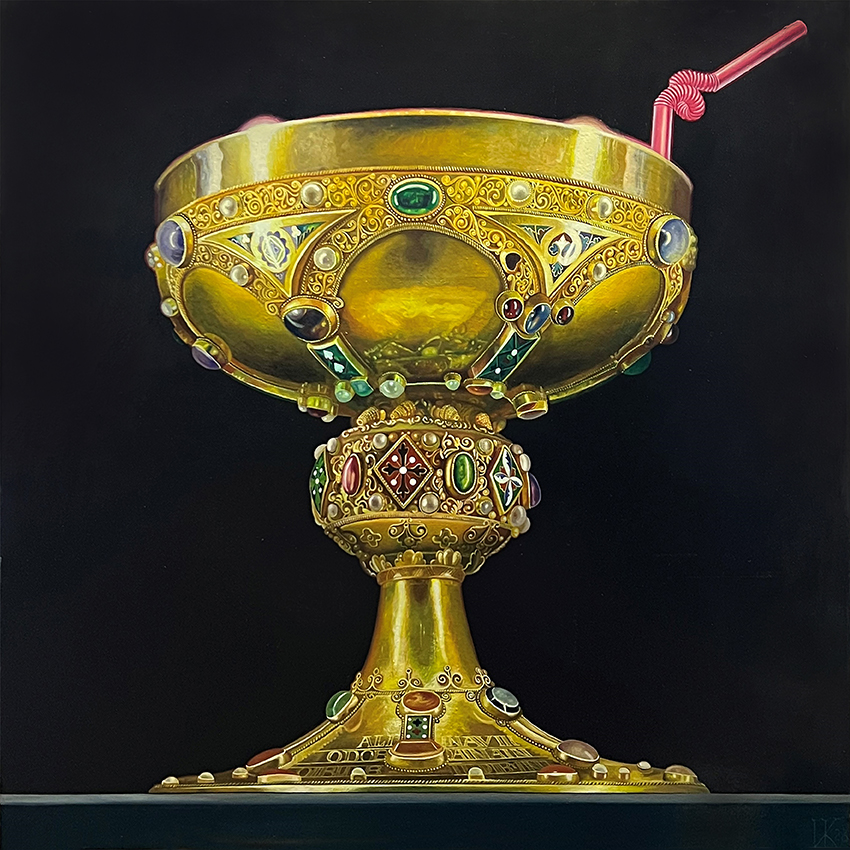
oil on canvas 150x150cm
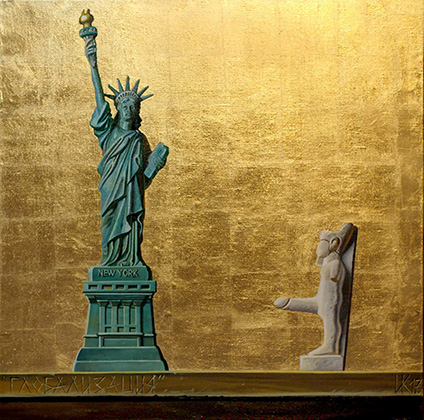
oil on canvas gilding 100x100cm
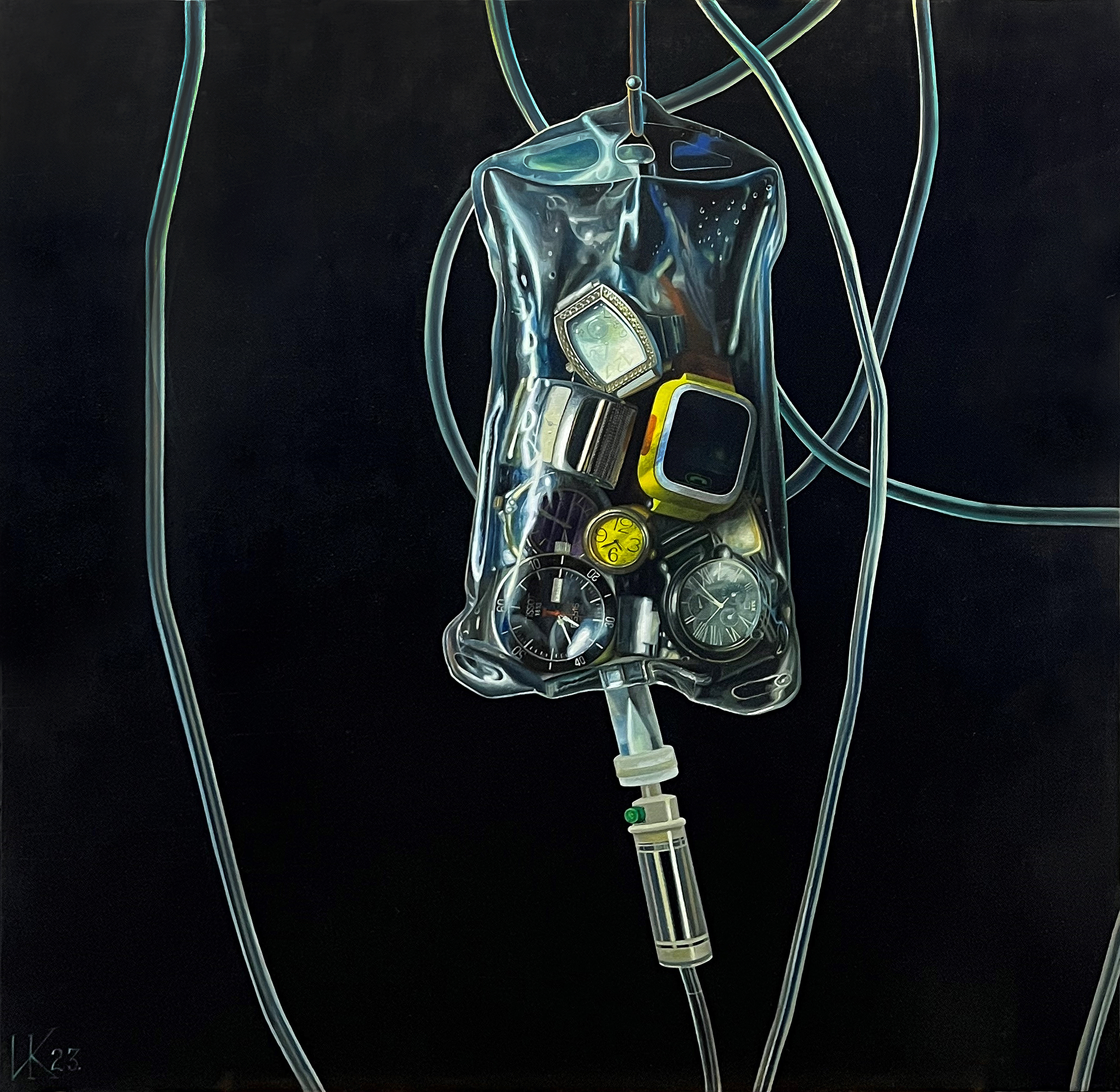
oil on canvas 150x150cm

oil on canvas gilding 100x100cm
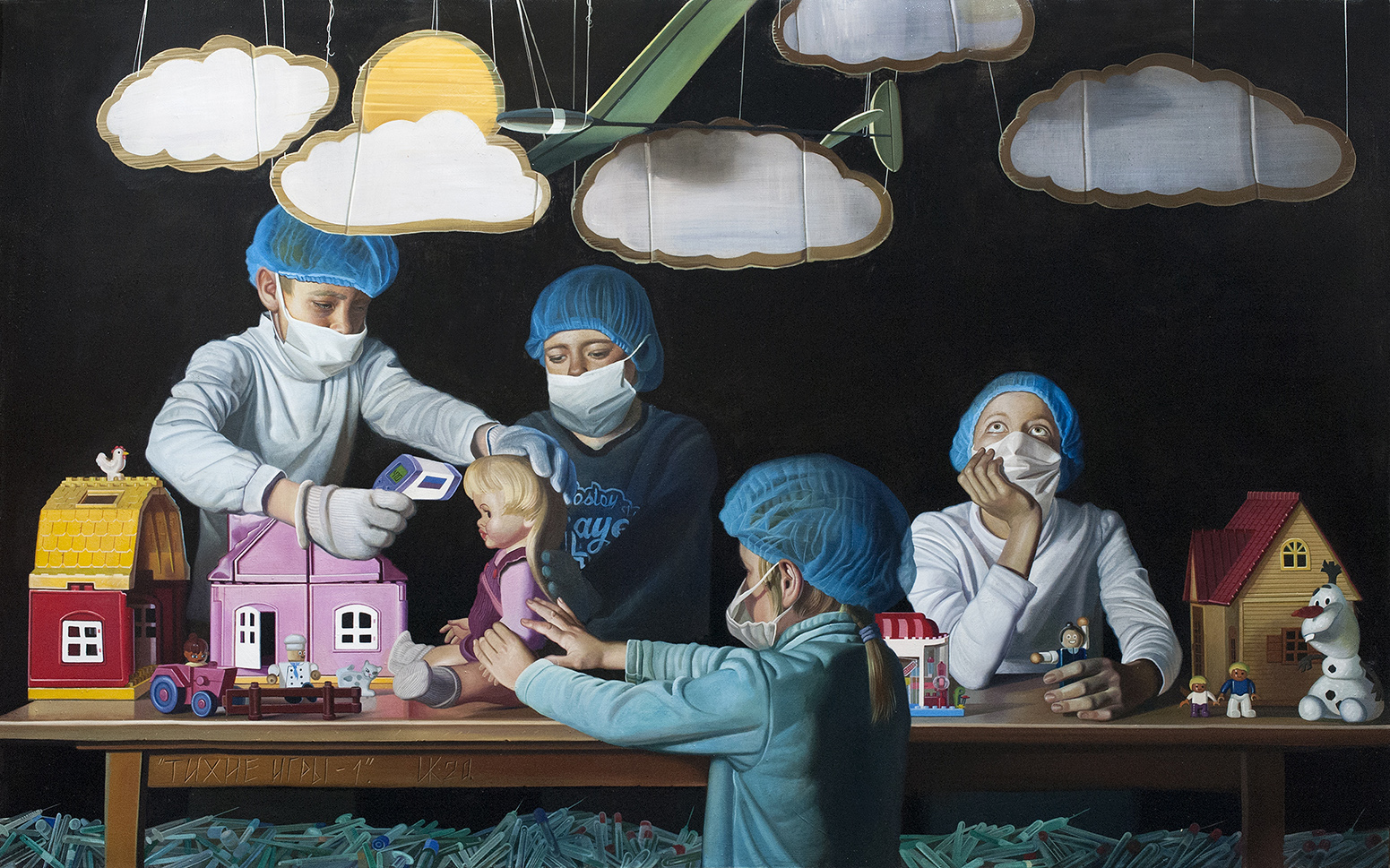
oil on canvas 138x222cm
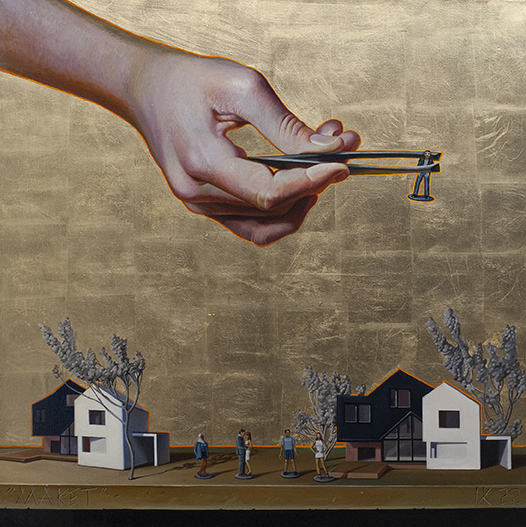
oil on canvas gilding 100x100cm
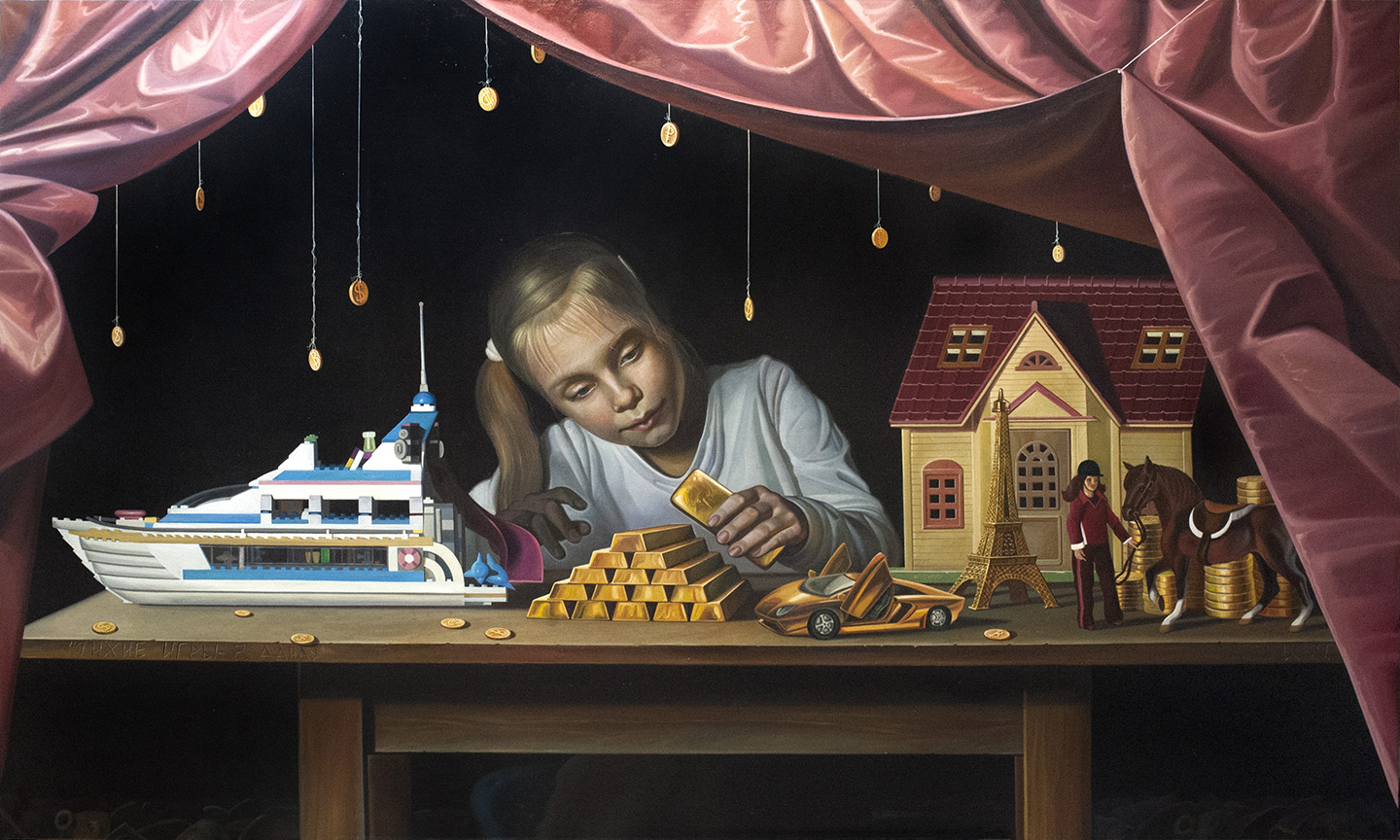
oil on canvas 138x222cm

oil on canvas gilding100х100см
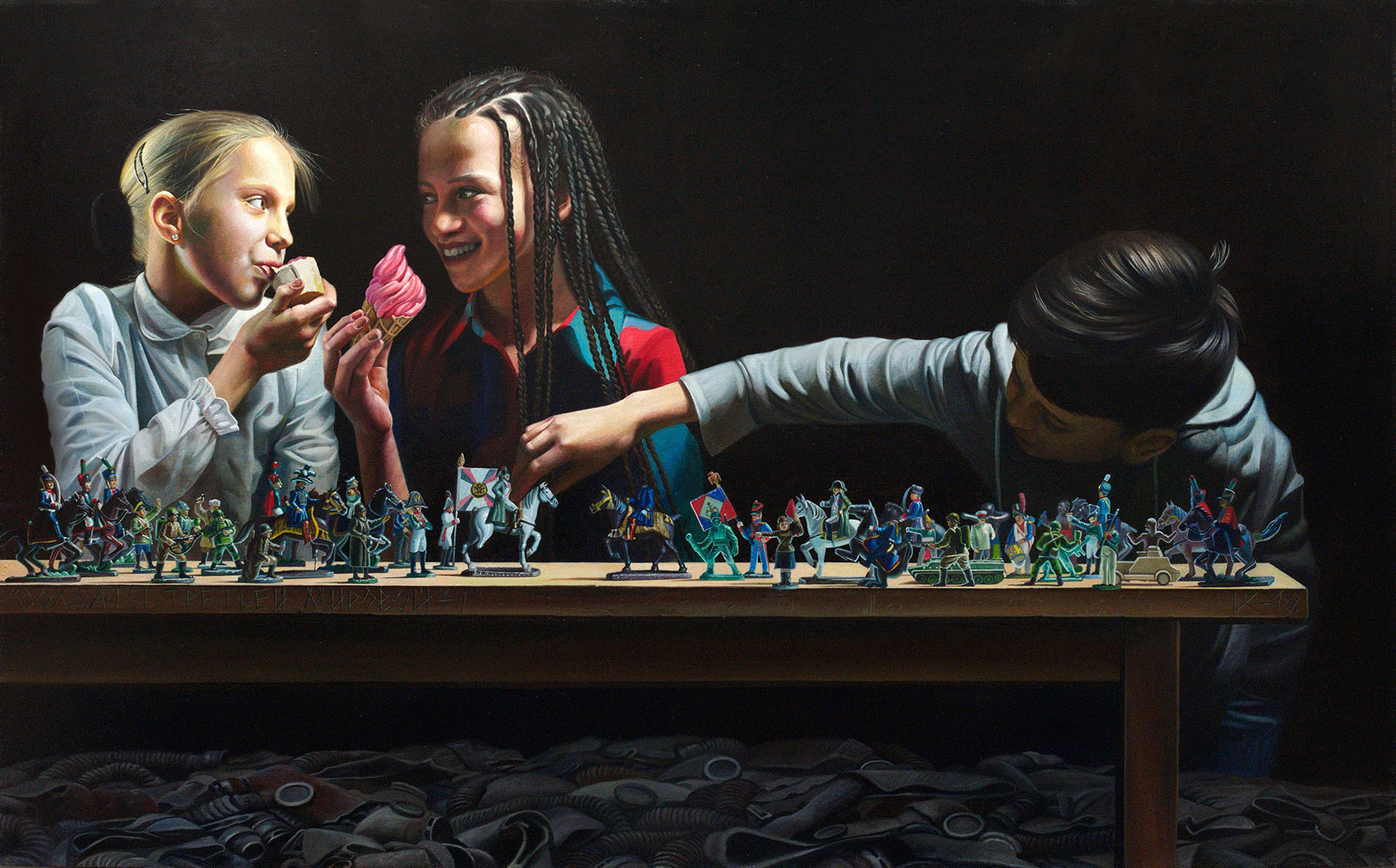
oil on canvas 138x222cm

oil on canvas gilding 100x100cm

oil on canvas 138x222cm

oil on canvas gilding 100x100cm
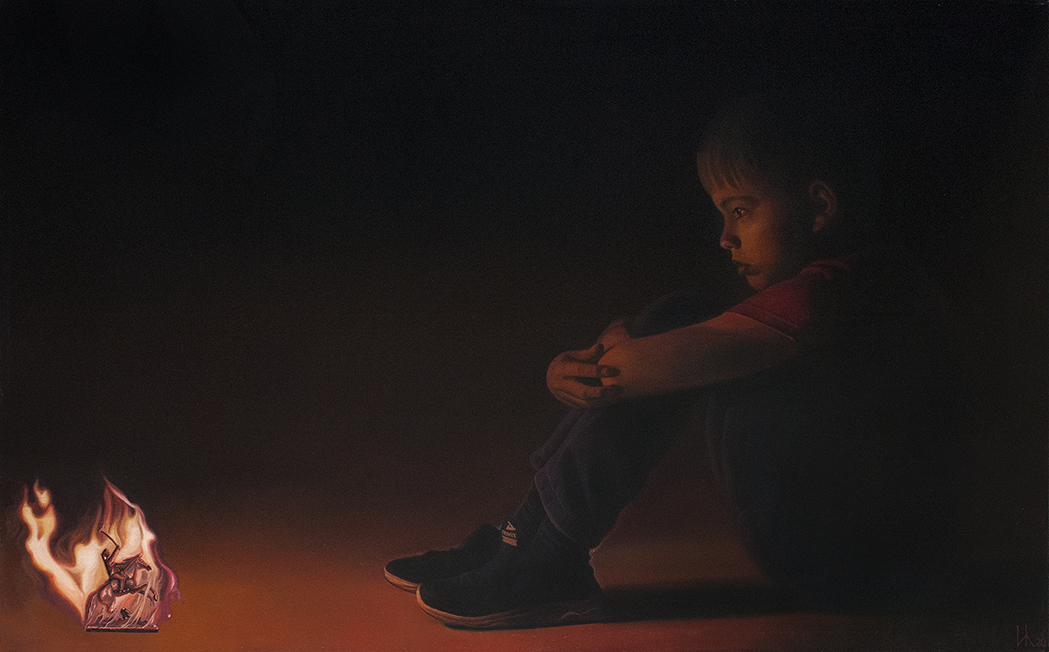
oil on canvas 138x222cm
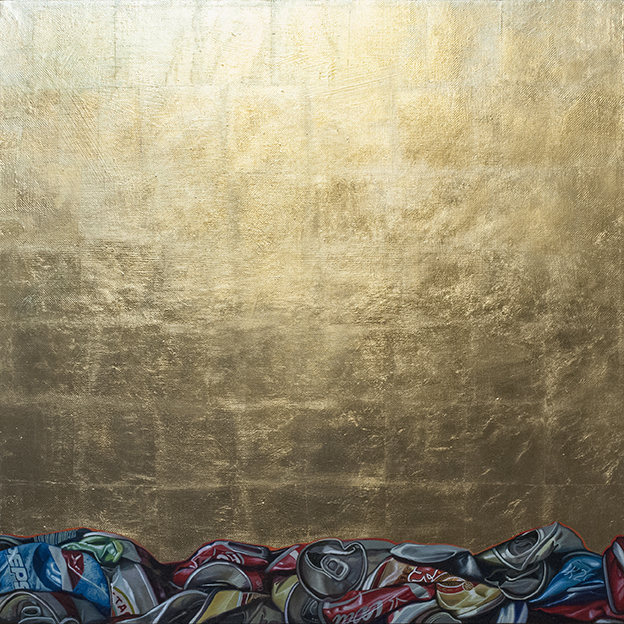
oil on canvas gilding 100x100cm
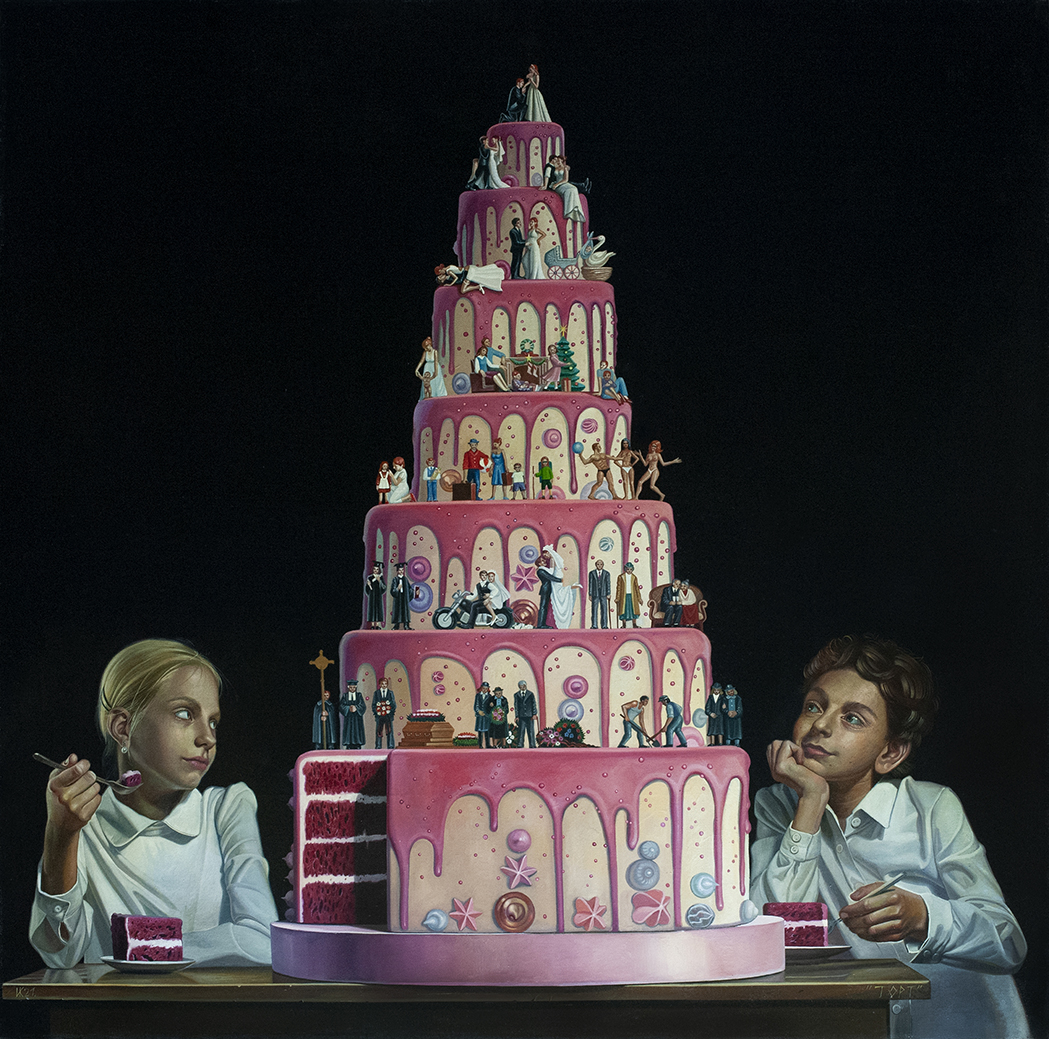
oil on canvas 180x180cm
SURROGATES
Ivan Korshunov is one of those artists who can and do comprehend modernity with the help of painting, they are able to think in visual images and have rare professional qualities. Using the traditional technology of three-layer painting, as well as gold leaf, being a perfectionist, the artist creates well-thought-out and well-organised compositions, in which there is nothing accidental. Scanning, feeling, realizing the modernity, he evaluates it with a healthy look of a traditionalist and, perhaps, someone will consider him a medieval knight in armor, sitting on an ultra-modern computer. But it is precisely the presence of cultural and historical memory in Ivan Korshunov - not only an artist, but also a specialist in Byzantine painting - that makes his works special.
The new exhibition project by Ivan Korshunov 'Surrogates' monitors traces of influence of virtual reality in various spheres of human existence, considers large-scale substitutions of concepts and images in the modern information world, as if he has managed to find visual embodiments of the widely used concept of 'simulacrum' today.
According to a number of French philosophers, such as Georges Batay, Gilles Deleuze, Jean Baudrillard, we have long been living in a world of simulacra’s and surrogates, in an era of total simulation, in a world of double-talk. The world around us is changing rapidly every day. For a modern man there are more and more 'introductory' perceptions of reality.
Recent events on a global scale, first connected with the pandemic, during which the project was created, and then with military operations, make new adjustments to the understanding the way society functions, to interpersonal and international relations, forcing us to rethink information flows and forms of communication, changing order of life that was familiar to us. We have become accustomed to many changes, but there are some others left we cannot put up with.
On the one hand, the project contains the ironic pathos about the values and symbols of the global consumer society, which has replaced reality with surrogates (relations, food, objects, information, art, etc.), in which the person himself becomes to some extent a simulacrum, and on the other hand, there is the disturbing issue of a dead end, a possible collapse, the ’Burial of Globalization’. The children playing war in the picture named ’Soldiers of the Third World -I’, painted in 2020, seem to be expecting the reality of another world, to which we may yet have to adapt.
From visual and plastic point of view, the whole project is divided into two parts, where the ironic and cheerful reading of the gold-background works are opposed to the ‘seriousness’ of the perception of the dark-background works, which figuratively reflects the duality and variability of the theme taken.
The semantic space of the paintings created two years ago in some cases may have other implications along with relevant interpretations and this no longer refers to the original author's intention, but to the independent life of works in historical time. Despite everything, a man remains in the space of a consumer society among surrogates that capture him, and this remains a natural theme of reflection.
In the current paradigms of a rapidly changing reality, the once topical question of who we are in this world and what we are is starting to sound again. Ivan Korshunov is convinced: ‘The essence of a man, his origin and purpose, his place in the world, have always been and remain the main problems of philosophy, religion, science and art.’
Curator by Erarta Museum Vdadimir Nazansky
